5 Common Wave Soldering Problems
By:PCBBUY 06/25/2021 17:33
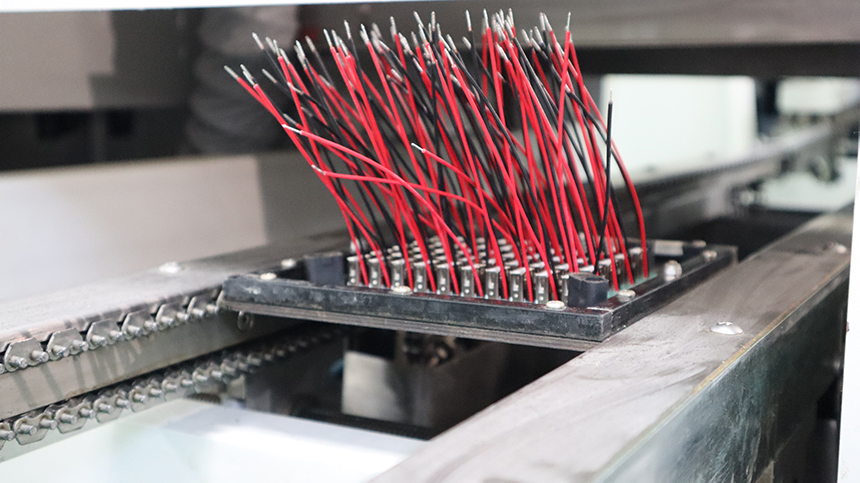
Wave soldering is a type of soldering process used during the bulk manufacture of printed circuit boards, or PCB. The wave soldering process allows manufacturers to quickly and reliably solder large printed circuit boards. The process gets its name from the wave of solder each board gets passed over. Using a wave of solder as opposed to individual solder points produces solder joints that are mechanically and electrically reliable.
The wave soldering process is effective for both the conventional through-hole method of PCB assembly and also the newer surface-mount method. In this passage we will introduce you 5 common problems during wave soldering process. Please come and check the content we prepare.
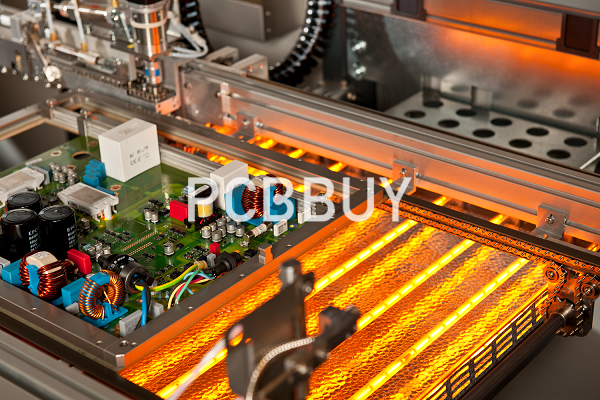
What are the common problems of wave soldering?
Just because there’s machinery involved in the wave-soldering process does not mean it is any less prone to errors than soldering each joint by hand. Whether you’re using a solder tank or a hand iron, you need to treat soldering like the precise science it is, carefully controlling where and what you solder.
Otherwise, you’ll up with any of several soldering defects like the ones listed below:
1. Insufficient Hole Fill
Insufficient hole fill is a problem that occurs on printed circuit boards with pre-drilled holes for components to be mounted onto the board. Essentially, insufficient hole fill occurs when an inadequate amount of solder has filled the holes drilled for the components, meaning solder won’t stick to the circuit board once it cools. There are several reasons for insufficient hole fill:
· The flux was applied incorrectly and did not penetrate through the board, meaning the solder was not activated and could not bind the components properly.
· The temperature of the top side of the board isn’t high enough to turn solder molten so it can rise through the holes.
· There was not enough of the board in the wave of the solder. If not enough of the board makes contact with the wave, too little solder is pushed up into the through-holes.
The best way to fix these issues is to run through another series of pre-solder checks. Check the type of flux you’re using, and make sure there’s a sufficient volume of it to cover the entire PCB. This step will also help with the second problem: insufficient pre-heat. Older flows to heat, the solder won’t flow as well if your PCB’s through-holes aren’t at the correct temperature
Since solder flows to heat, the solder won’t flow as well if your PCB’s through-holes aren’t at the correct temperature. While the “right” temperature depends on your company’s operating standards, the general rule of thumb is between 300 and 340 degrees Fahrenheit, or roughly 150 to 170 degrees Celsius.
The whole assembly needs to reach this temperature before the board makes contact with the wave. If you’re not sure whether your through-holes are reaching the correct temperature, take a profile of the wave-solder process — it should look either exactly alike or very similar to your board’s reflow processes.
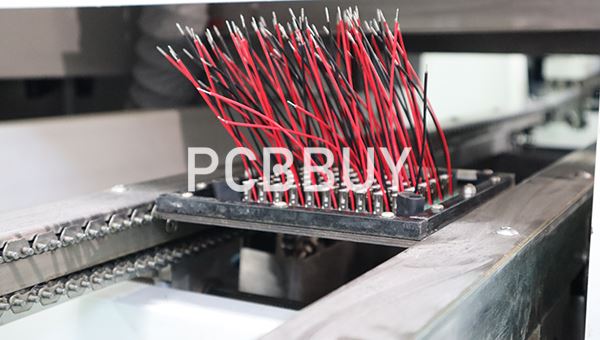
2. Lifted Components
Lifted components, also known as tombstones, are components that have elevated from the board during the soldering process. There are several common causes of tombstones, including:
· Incorrect lead lengths, which can cause components to lift from the board when they enter the solder bath.
· Attempting to perform wave soldering on a flexible PCB, which will bend while the rest of the components stay flat, causing them to lift off the board.
· Using components with varying requirements for solder type and temperature.
To fix the incorrect lead lengths, look at what leads you’re using. If your leads are too long, hitting the solder bath can push them out of the through-hole. To fix this, you can increase the in-wave immersion time, which should lessen the thermal demand on the leads and allow them to settle.
To correct flexing of the PCB or other flex-related issues, double-check what kind of PCB you’re using and what its thermal tolerances are. Board flexing is common on large connectors and on large IC packages or sockets. PCBs that flex from the get-go, such as plastic, should not be wave-soldered, as the wave of solder can cause the plastic to bend and lift the components away from the board.
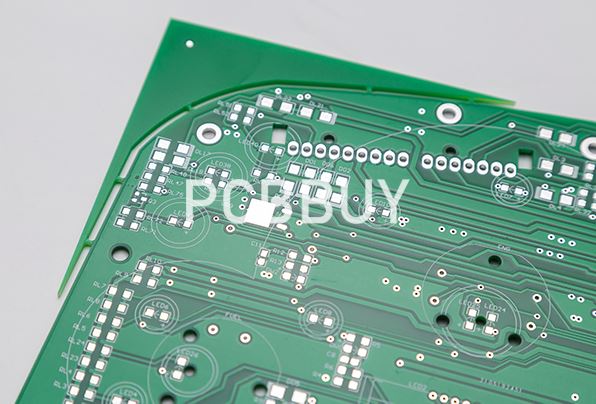
3. Excessive Solder
Excessive solder is the result of your board taking on a buildup of solder when passing through a wave-solder tank. While this still ends up making an electrical connection between the board and the component in question, it will be hard for you or whoever else is looking at the board to tell exactly what’s going on inside the solder itself. There can be several reasons you might have too much solder on your connections:
· Having the same types of components face different directions
· Using incorrect lead lengths when it comes to your design processes
· Running your conveyor belt too fast
The first cause is an easy enough fix. Make sure all your components of one single type — e.g., all your batteries — face the same way when they go into the wave tank. So, if one component is facing “away” from the tank when it goes in, all the other components of that type should be facing that way, too.
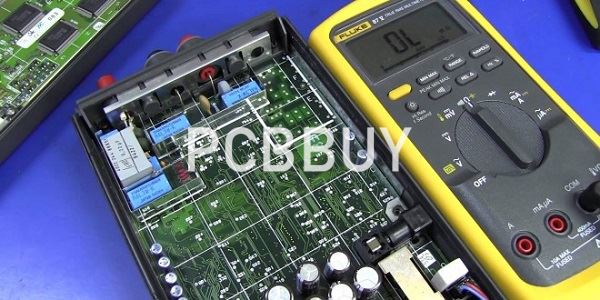
Fixing lead protrusions — which are caused by incorrect lead lengths in the design process — can also help prevent excessive solder. If the lead is too long, solder can pool against it and become excessive. To solve this, decide on a lead length that does not extend too far beyond your pad surfaces. For example, NASA uses a lead length of 2.29 mm — just long enough to stick past the pad for soldering.
4. Solder Balling
Solder balling can occur when small bits of solder re-attach themselves to the PCB — specifically near the leads — as it goes through the wave soldering process. Common causes of solder balling can include:
· The temperature of the solder in the tank is too high.
· Solder is falling back into the wave as it separates from the board, which can cause that excess solder to splash back onto the board.
· Gases released by heated flux can cause liquid solder to get spit back onto the board.
The best way to fix general solder balling problems is in the design of the PCB itself. When it comes time to pick out the solder mask you use in your PCB design, try to find one that has the least chance of allowing solder to adhere to it in the first place. By choosing the best solder mask for your design, you can help make your board design more robust.
Solder balls caused by gases from heated flux usually stem from an excessive backflow in the air around your wave solder tank, or a drop in the nitrogen present in the environment. Check how much air is flowing into the solder tank, as well as the amount of nitrogen present in your solder tank’s environment. Keeping a careful eye on both of these will help alleviate solder ball issues caused by bounce-back from heated flux.
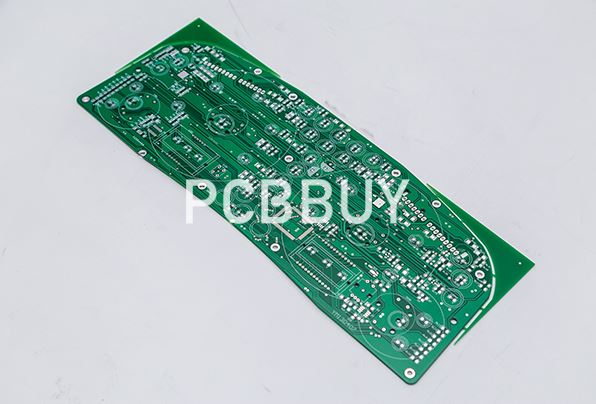
5. Solder Flags
Solder flags are small protrusions of solder that poke out from the ends of your leads. Even though they will still allow you to form a proper electrical connection with the other components on the board, they indicate both improper flux application and issues with how the solder is draining from your board.
Common causes for solder flags include:
· Slow drainage of the solder from the wave solder machine, leaving an excessive amount of solder on the lead, which will “flag” out to one side as it drains.
· Trails of solder that look like whiskers — commonly the result of improperly applied flux.
· Improper storage of your solder leads, which can cause oxidation your solder will not be able to readily attach to.
Slow drainage is usually caused by poor control between the separation of the solder wave and the board. In most cases, this is because the backflow of the solder wave is not set correctly — make sure yours is set for a “lambda”-style wave. If your solder wave’s backflow is set properly, the solder will flow at the same speed and in the same direction as the board when it separates from the wave. If you need to, you can run it slightly faster. However, running it slowly, or not at all, will increase solder flags/spikes.
Industry Category











